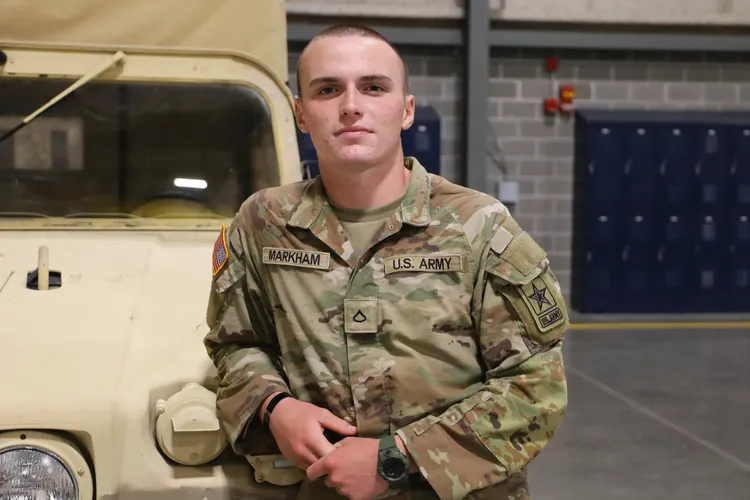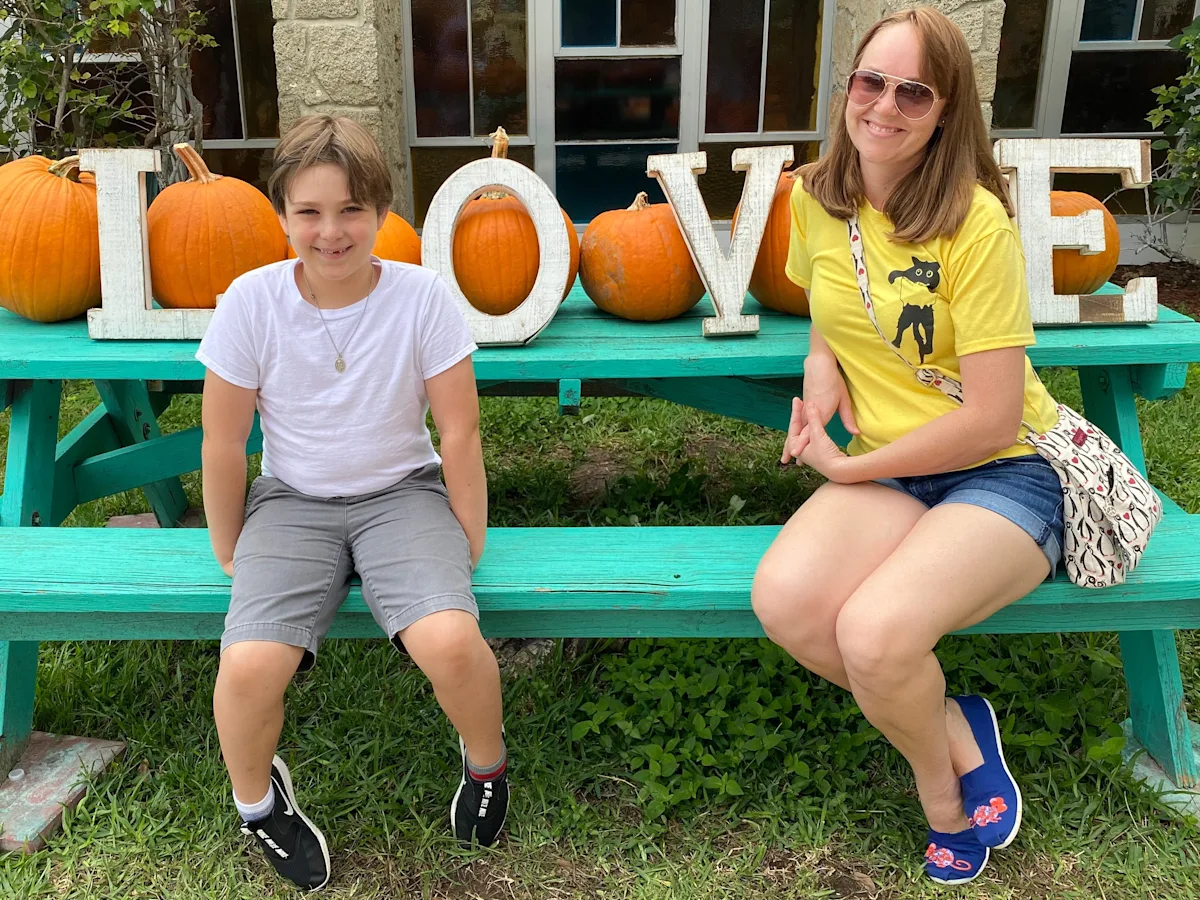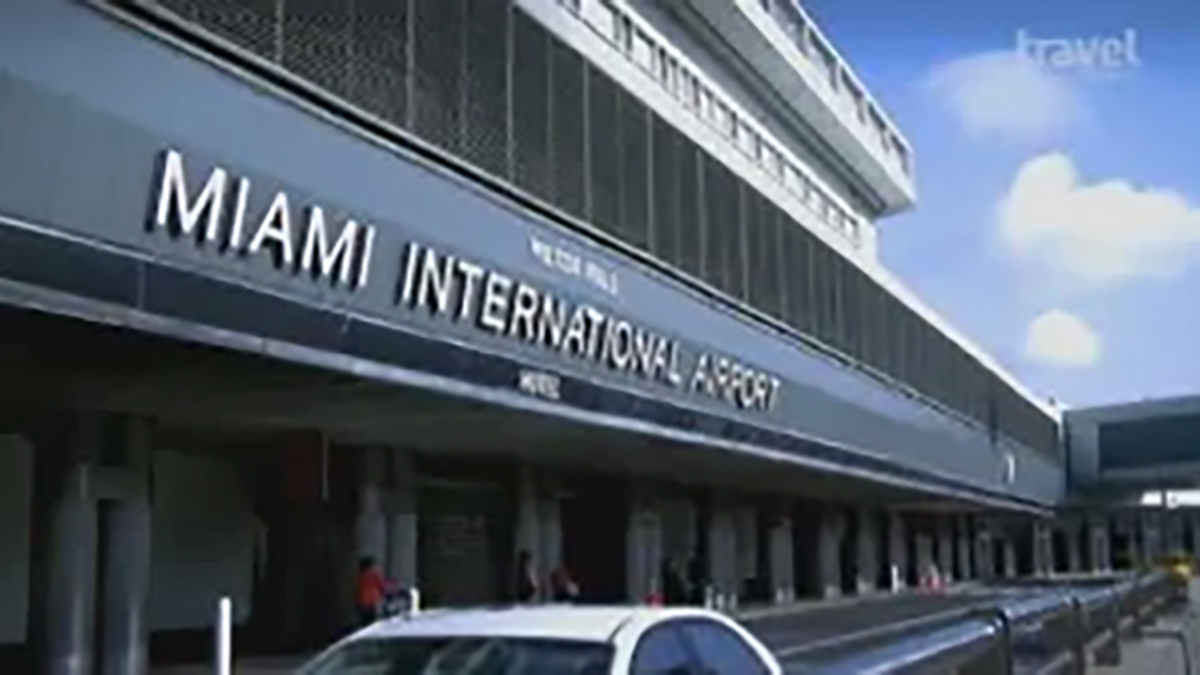In the wake of the devastating flash floods that struck Camp Mystic in Kerrville, Texas, on July 4, 2025, resulting in the tragic deaths of 27 campers and counselors, grieving parents are now pushing for stronger safety regulations at youth camps across the state. Their advocacy highlights the urgent need to prevent future calamities at camps that serve thousands of children each year.
The Tragedy at Camp Mystic

Camp Mystic, a private Christian summer camp for girls located on the banks of the Guadalupe River, was overwhelmed by catastrophic flooding caused by intense rainfall that raised the river approximately 26 feet in under an hour. Over 750 children were at the camp when floodwaters surged, engulfing cabins and claiming many lives.
The camp’s longtime director, Richard “Dick” Eastland, tragically died while attempting to save the campers during the storm. His selfless acts have been remembered fondly by former campers and staff, who speak of his kindness, dedication, and heroism.
Grieving Families Demand Accountability and Change
Parents who lost their children in the disaster have expressed heartbreak and frustration at the scale of the tragedy and the perceived lack of sufficient safety measures to protect campers from such natural disasters. Many families have become vocal advocates for legislative action that mandates improved flood safety standards, emergency planning, and regular inspections at youth camps.
They stress the importance of learning from this event to ensure that camps do not operate in unsafe zones or without adequate infrastructure and response plans.
Current Legislative Efforts and Proposals
Texas lawmakers are actively considering new legislation focused on enhancing safety protocols for camps, especially those located near known flood-prone areas. Proposed measures include stricter building codes, mandatory flood risk assessments before camp expansions, and the development of comprehensive emergency evacuation procedures tailored to different weather events.
The tragedy at Camp Mystic serves as a catalyst for bipartisan support to improve state oversight of recreational camps and prioritize child safety.
Community Support and Memorials
The tragedy has united communities across Texas and beyond in mourning. Memorials, vigils, and fundraisers have taken place to honor the victims and provide assistance to bereaved families. Green ribbons adorn trees and flags fly at half-mast in many areas as symbols of remembrance.
Meanwhile, survivors and families alike grapple with sorrow while also seeking solace through support networks, counseling, and shared memories of lost loved ones.
The Future of Camp Mystic and Similar Camps
Camp Mystic’s owners remain focused on recovery efforts, with many expressing uncertainty about how or if the camp will reopen. The physical site saw extensive damage, including the destruction of many cabins. The legacy of the camp, known for decades as a cherished destination for young girls, now hangs in the balance.
The disaster has prompted discussions regarding the viability and safety of camps located near rivers and floodplains, urging comprehensive risk management and community involvement moving forward.
Conclusion: Turning Tragedy Into Action
The deaths at Camp Mystic stand as a sobering reminder of nature’s power and the vital necessity for preparedness and regulation. The families of those lost advocate for meaningful legislative changes to protect children in camp environments, seeking to ensure no other family endures such a tragedy.
Through advocacy, remembrance, and policy reform, there is hope that the lessons learned from Camp Mystic will result in safer experiences and enduring protection for youth camps statewide.





